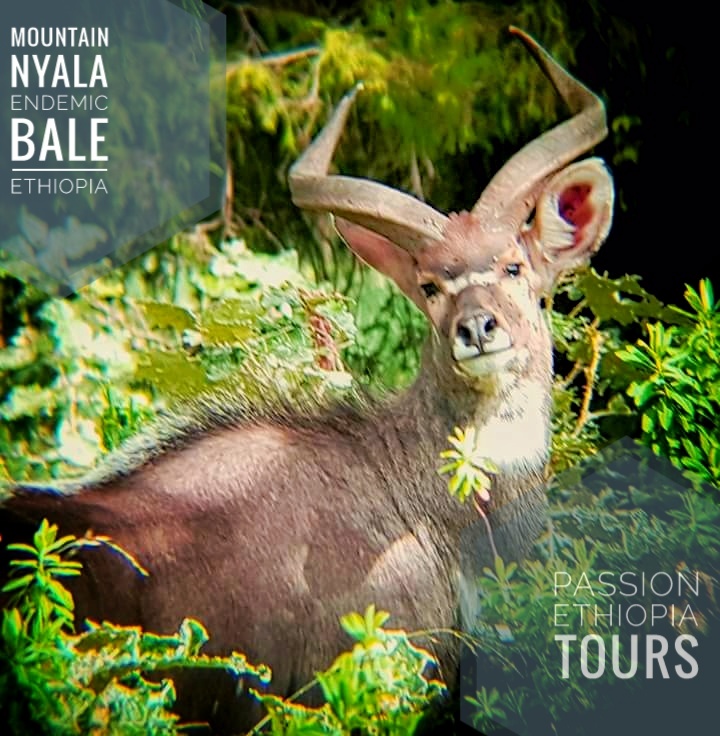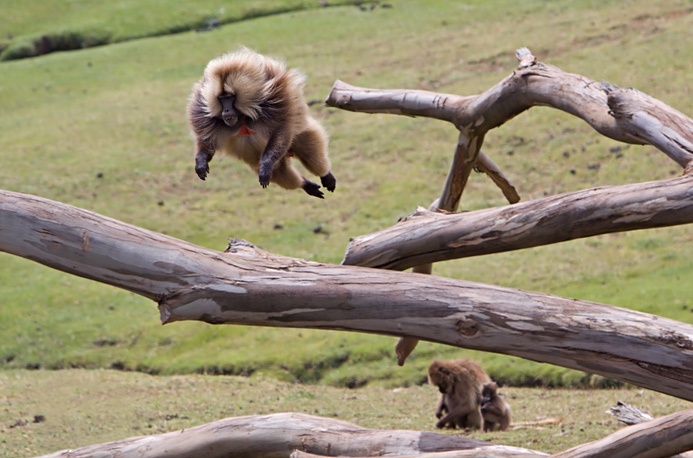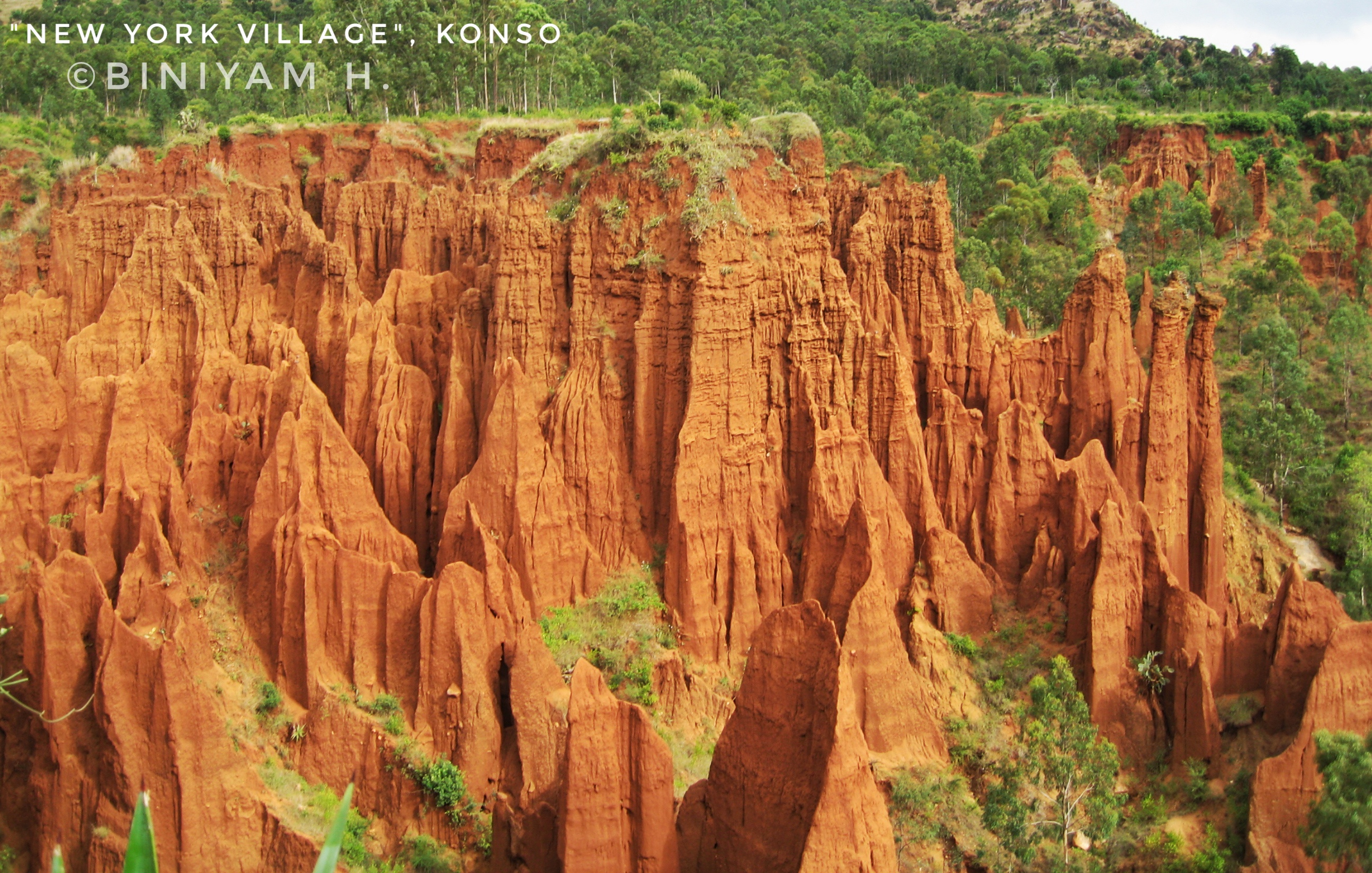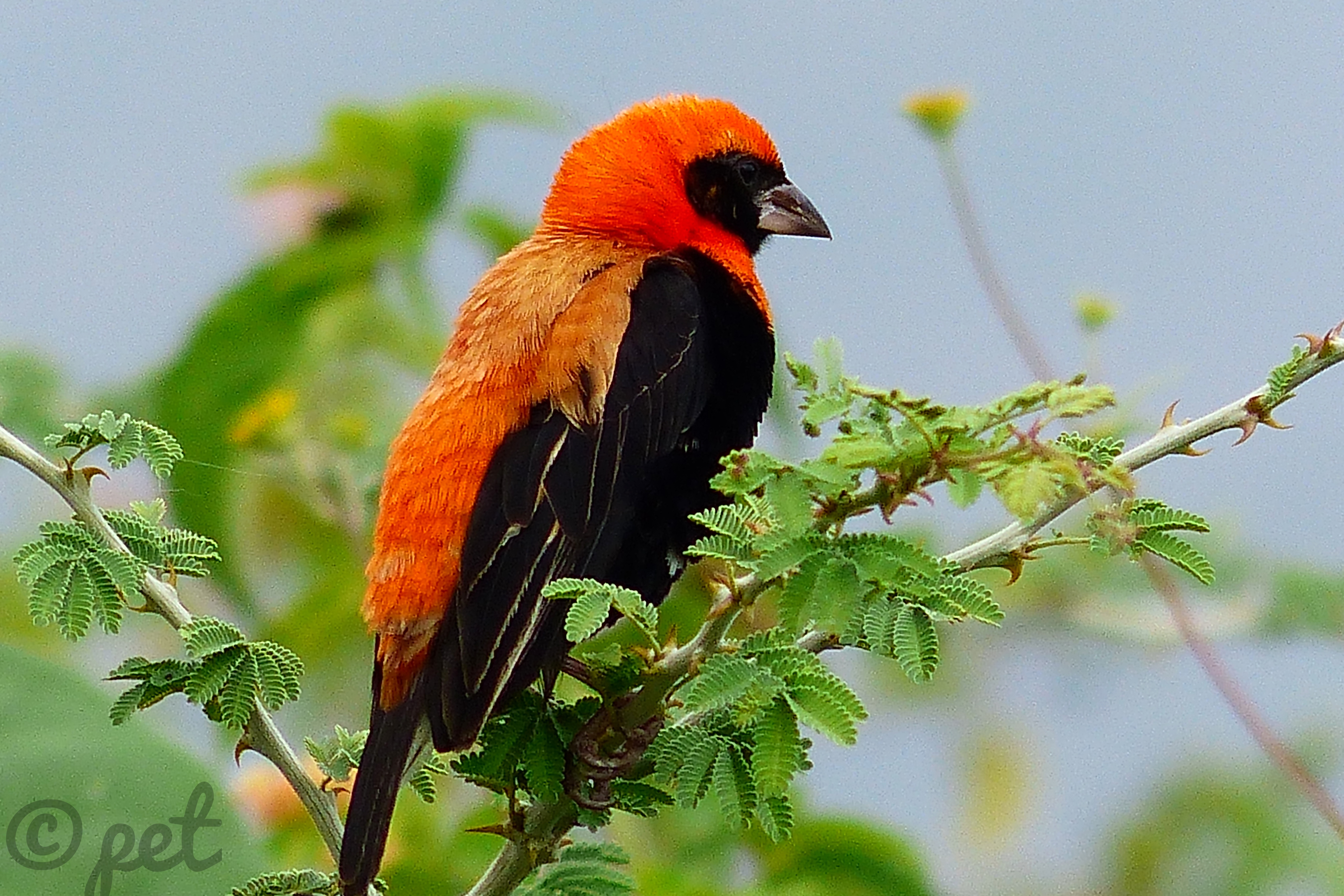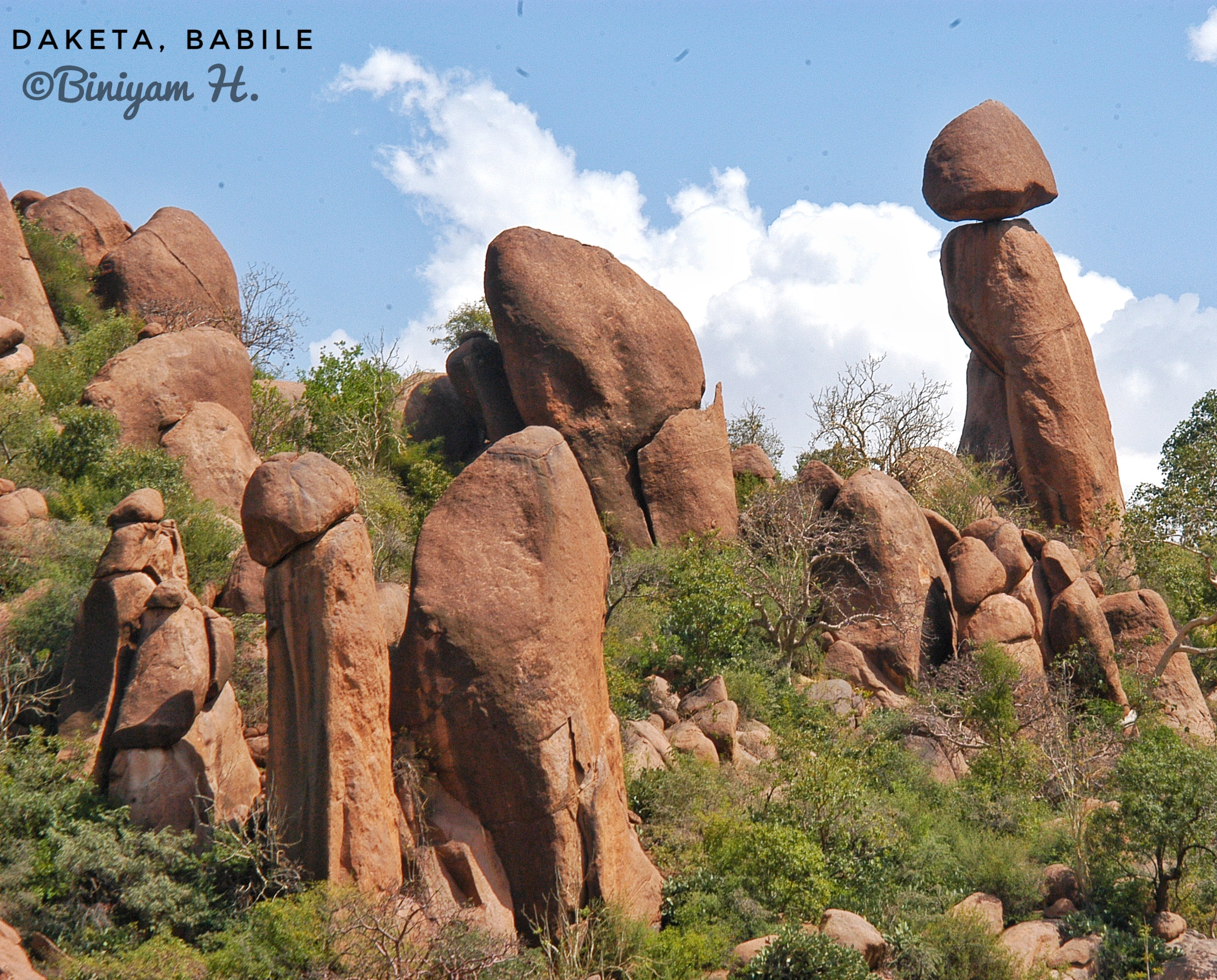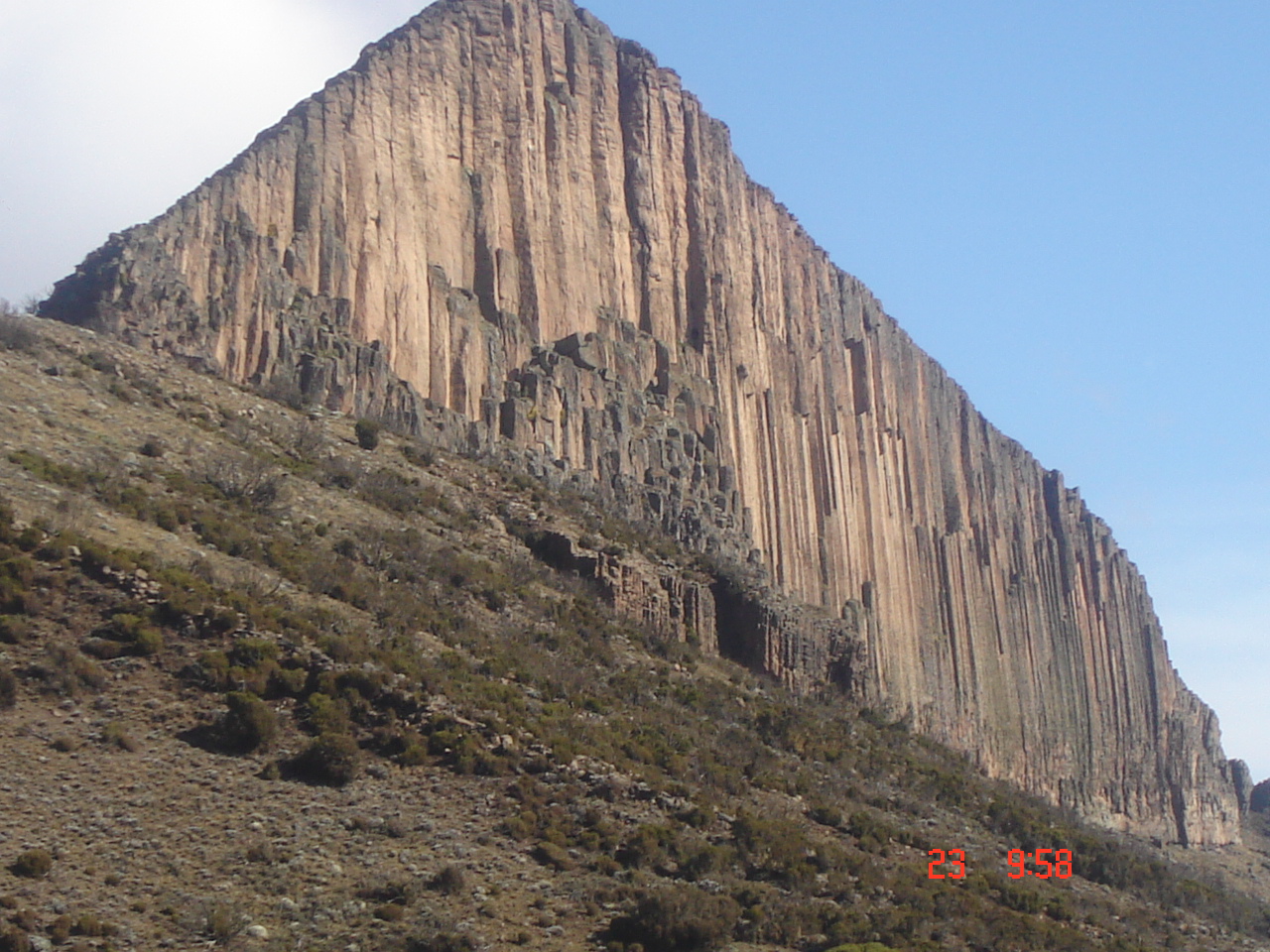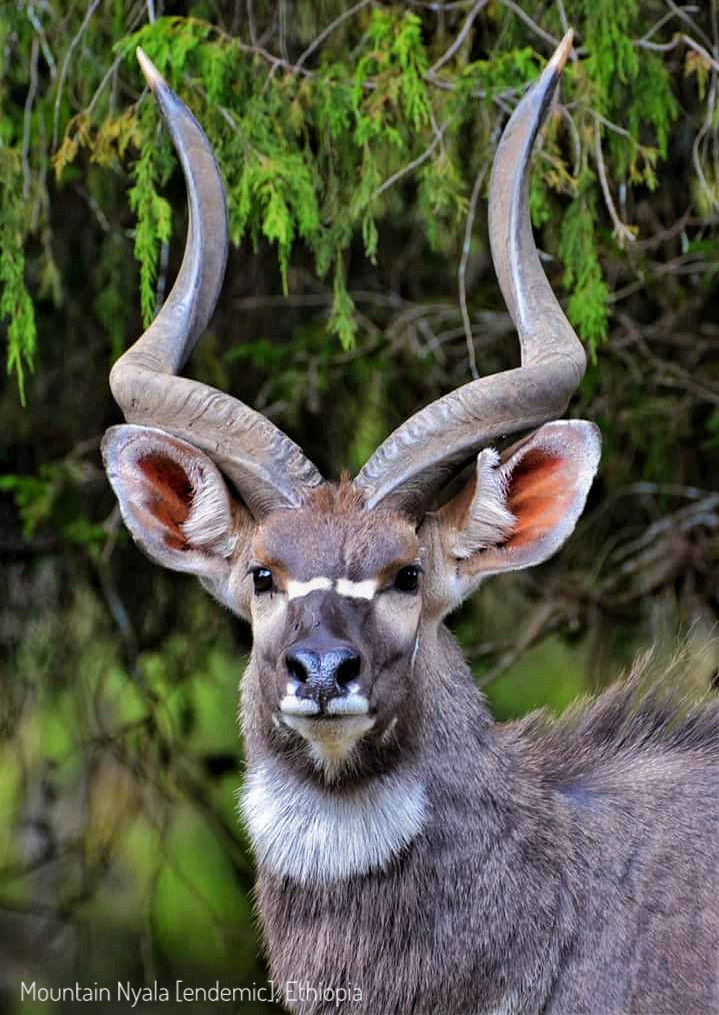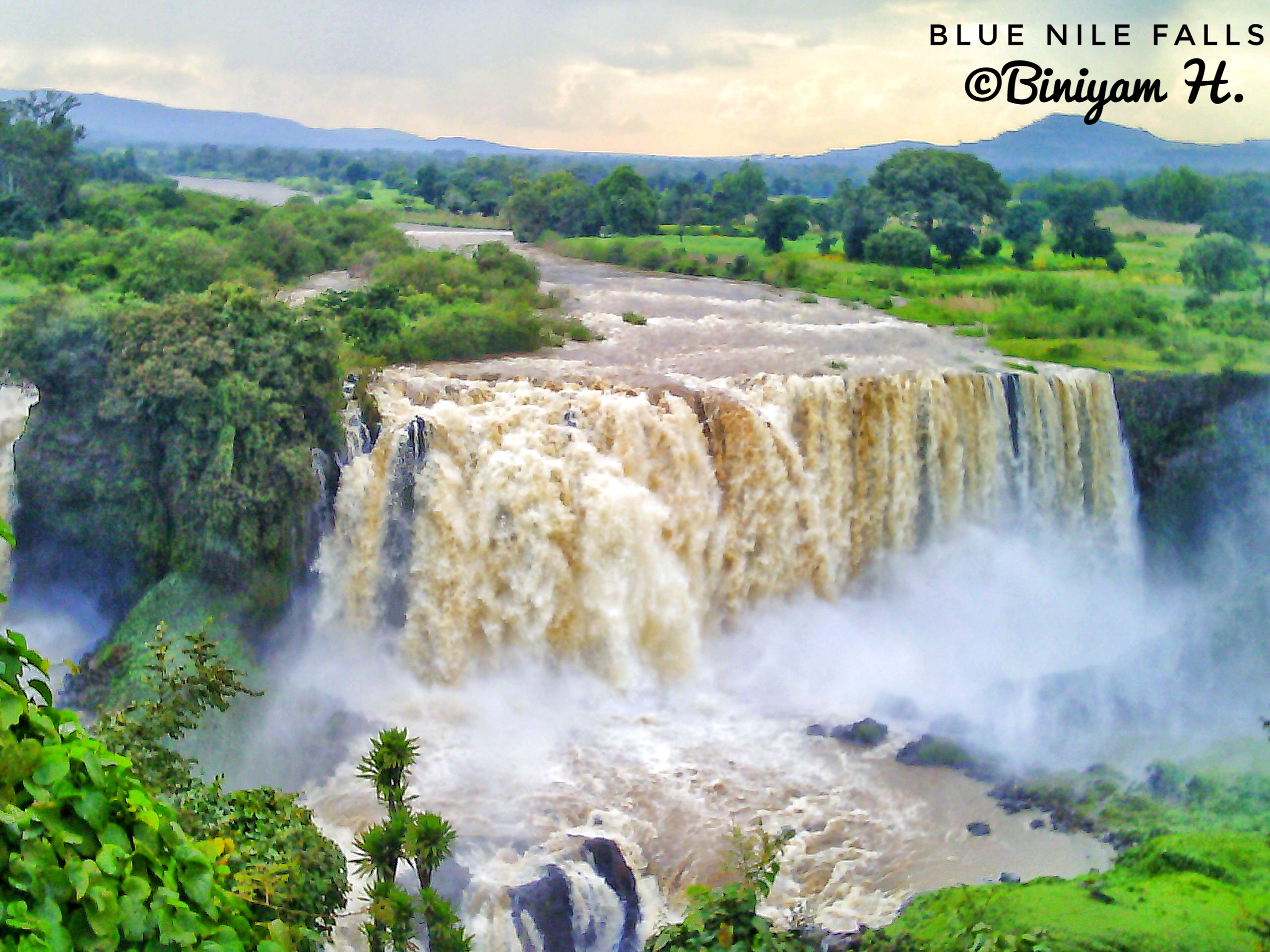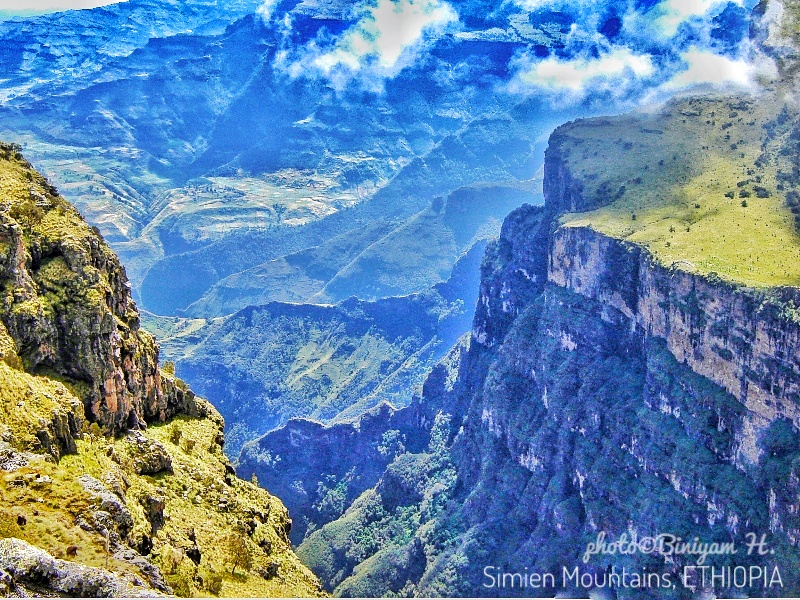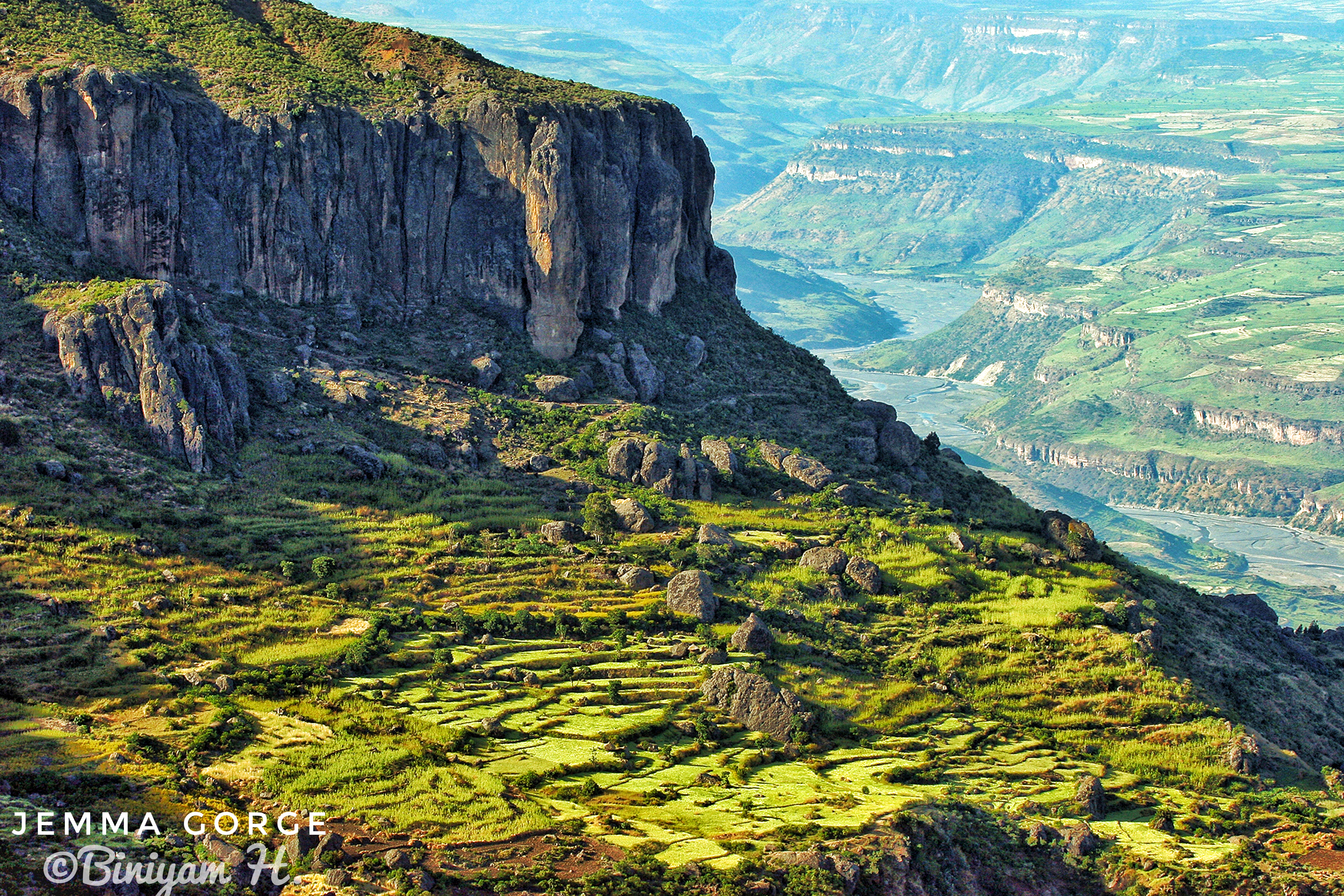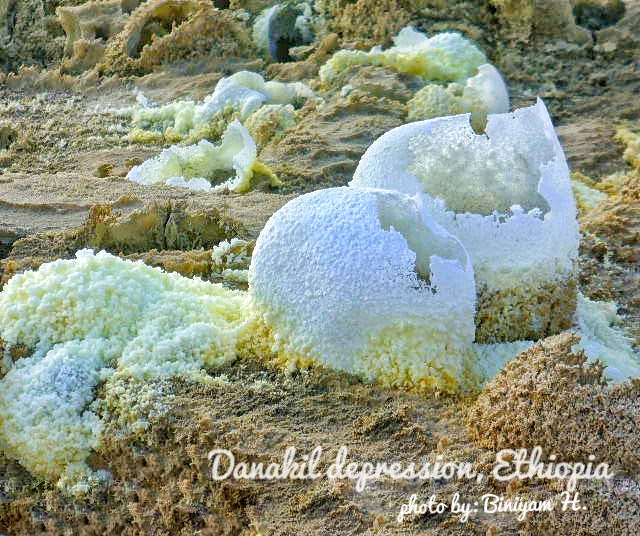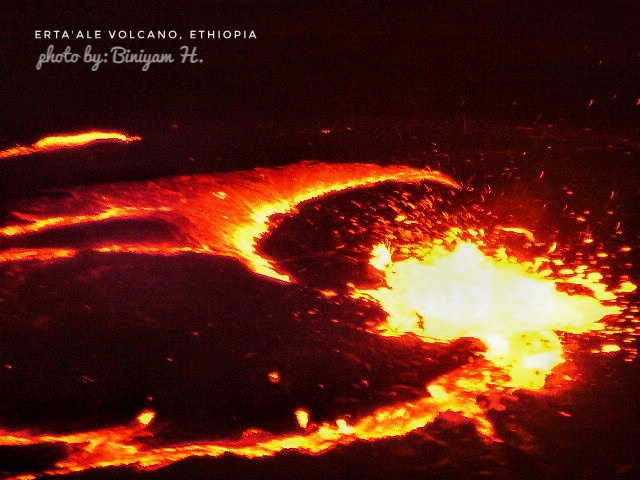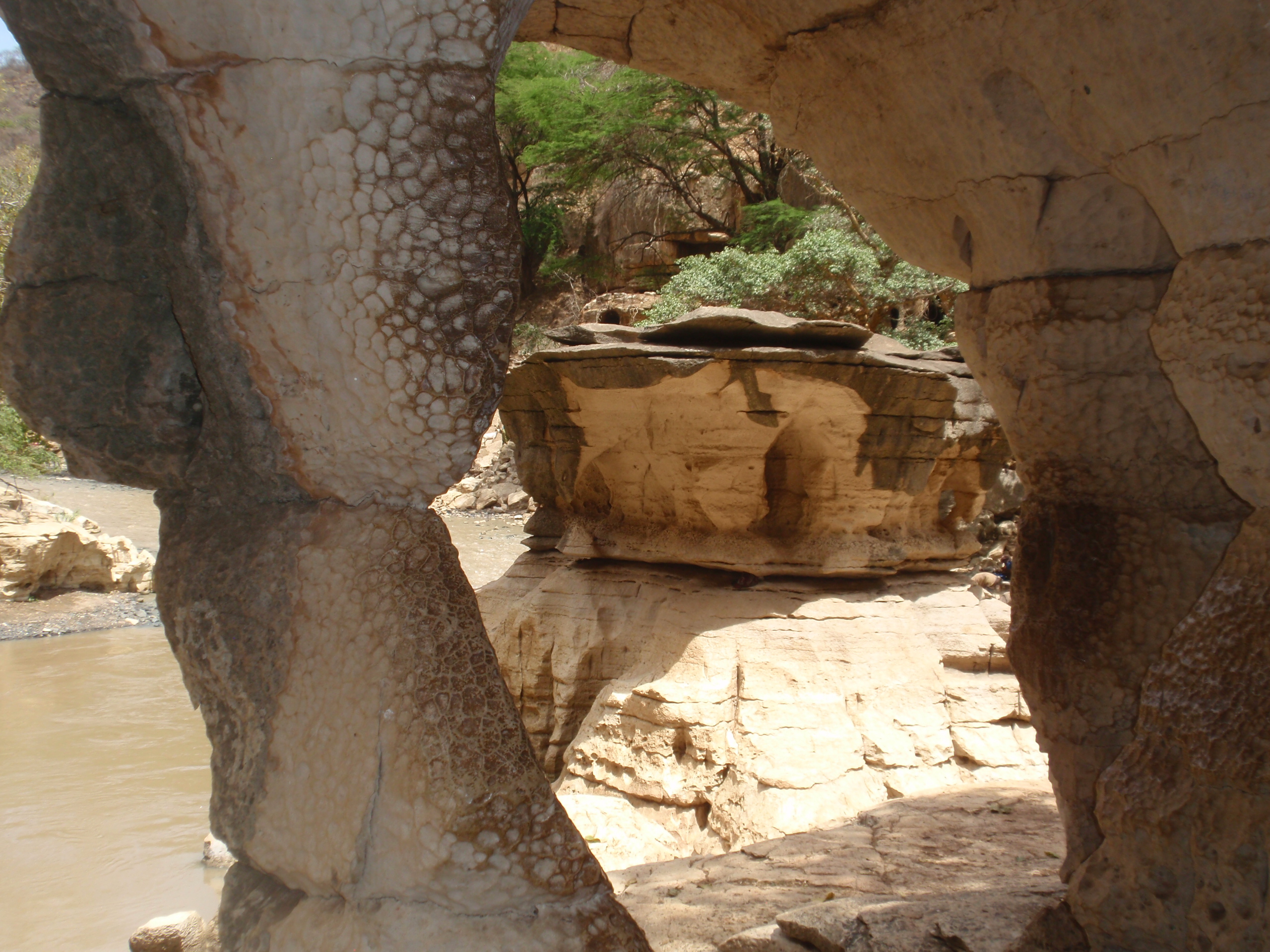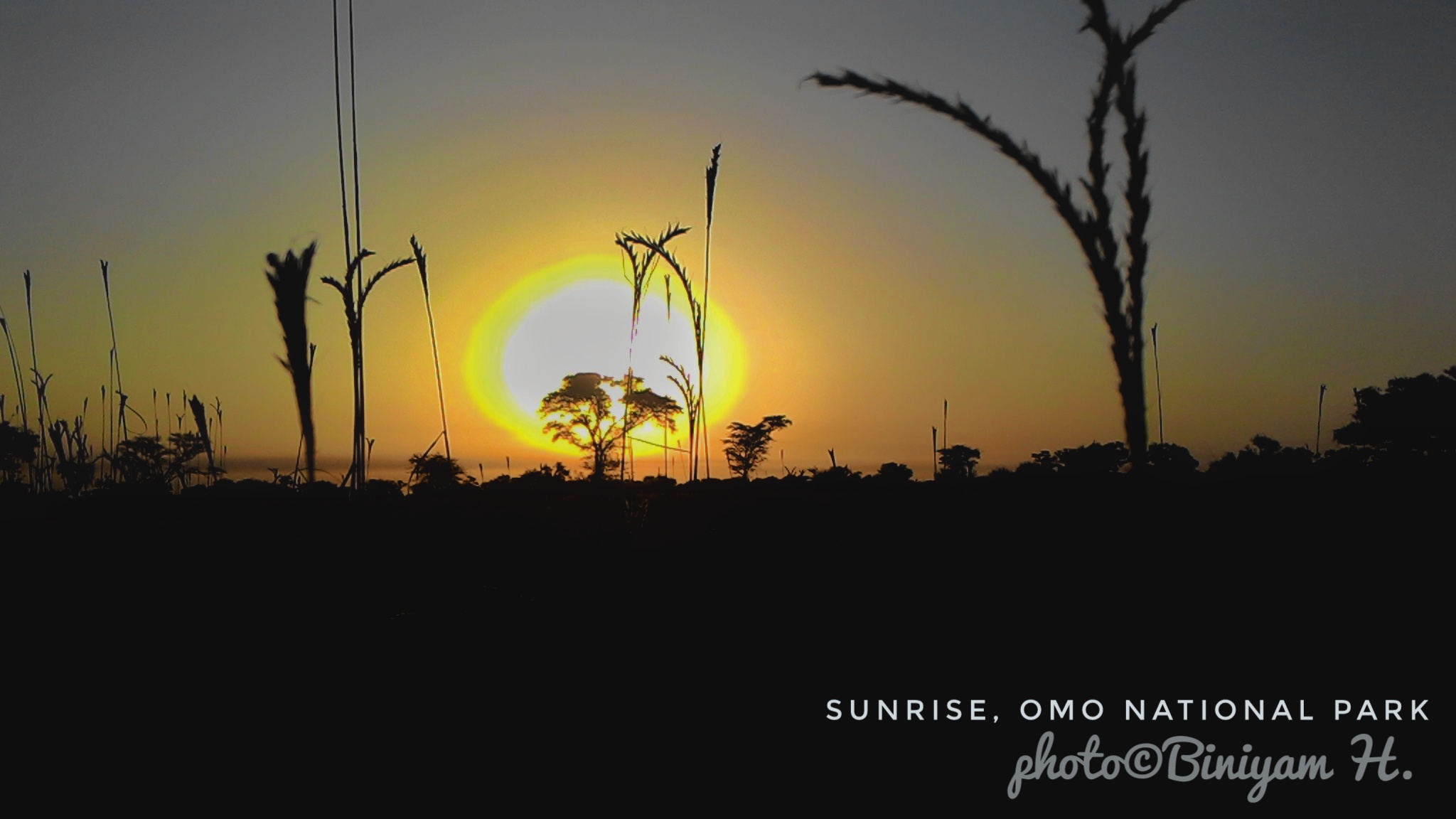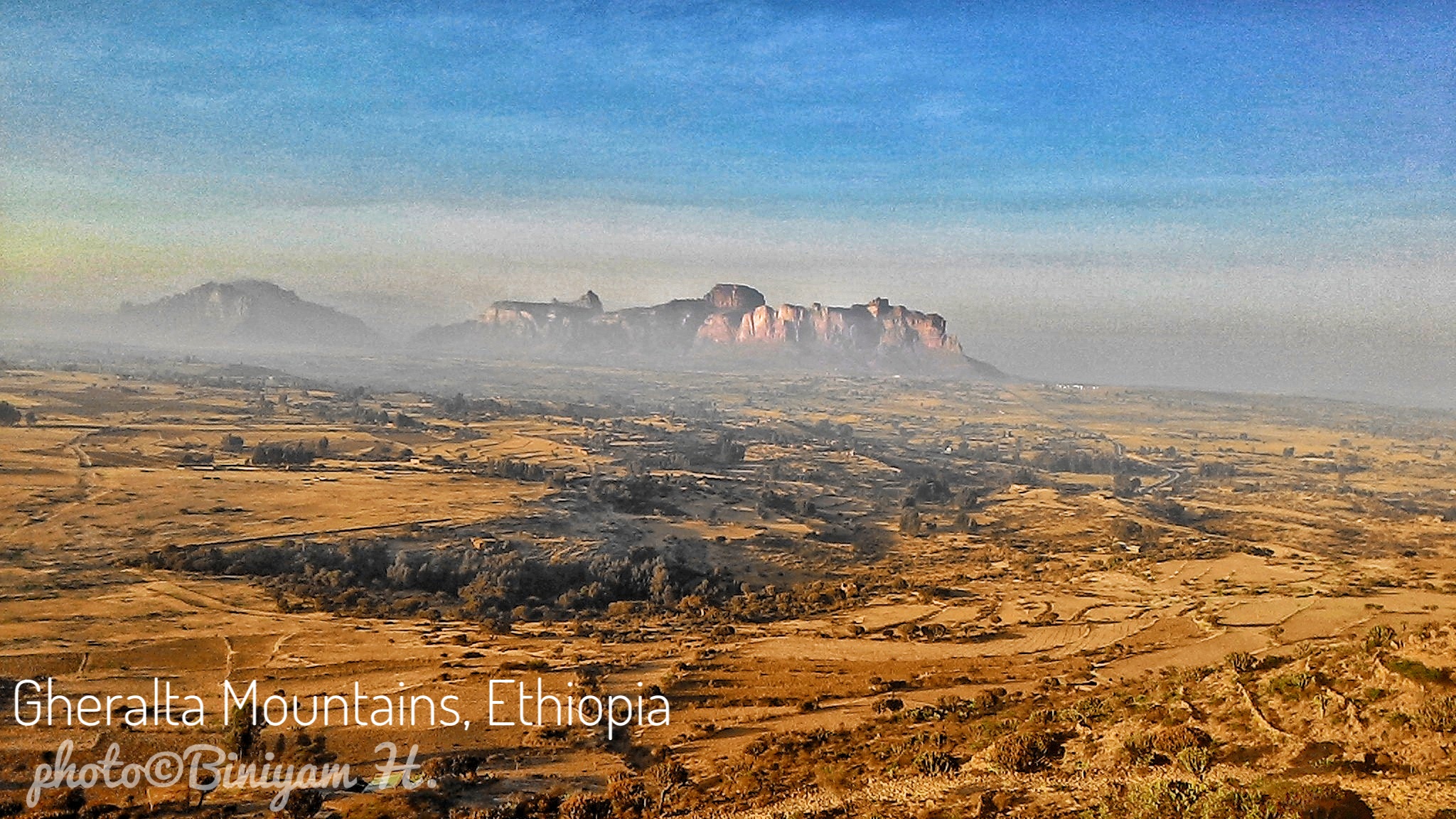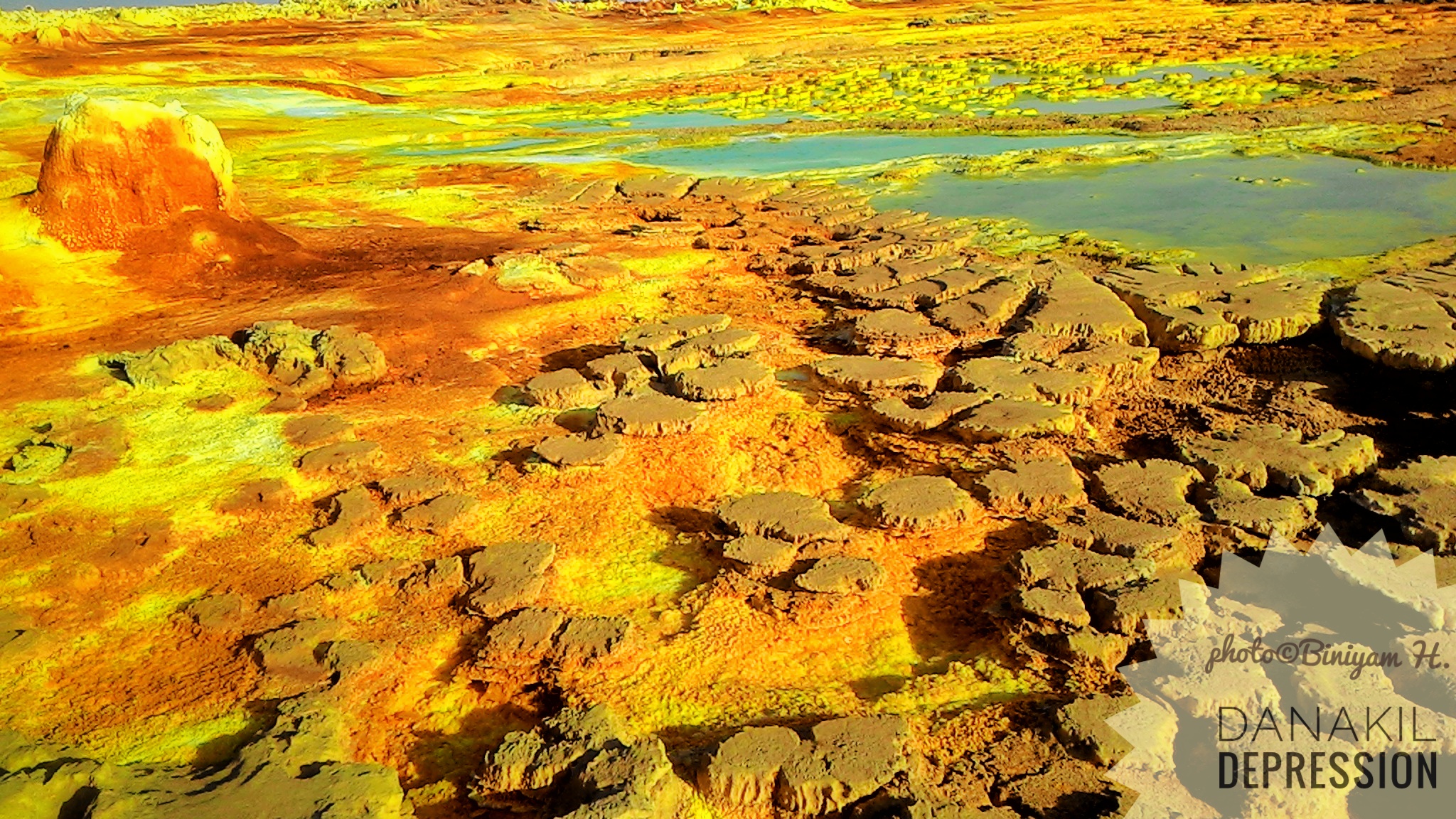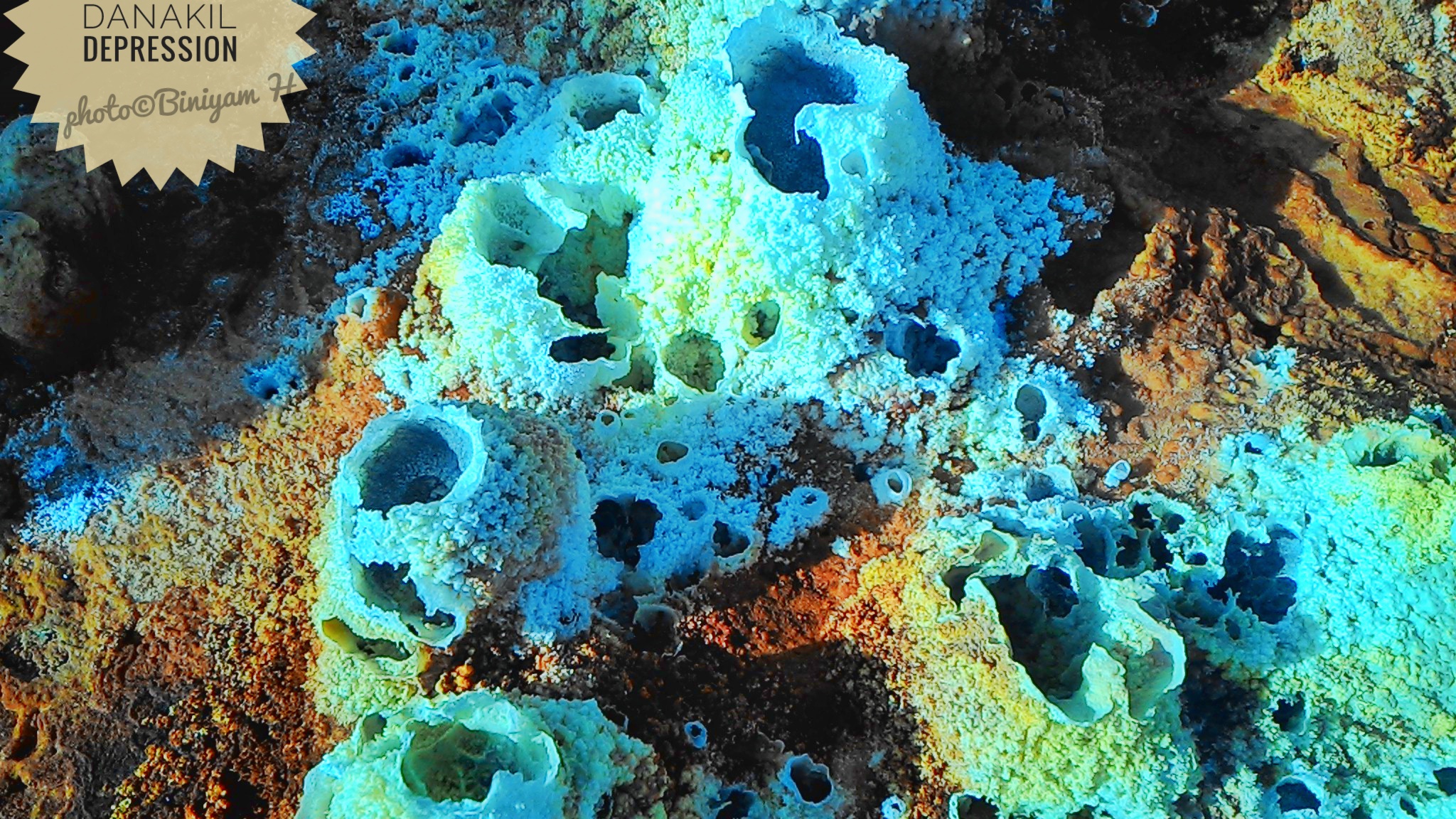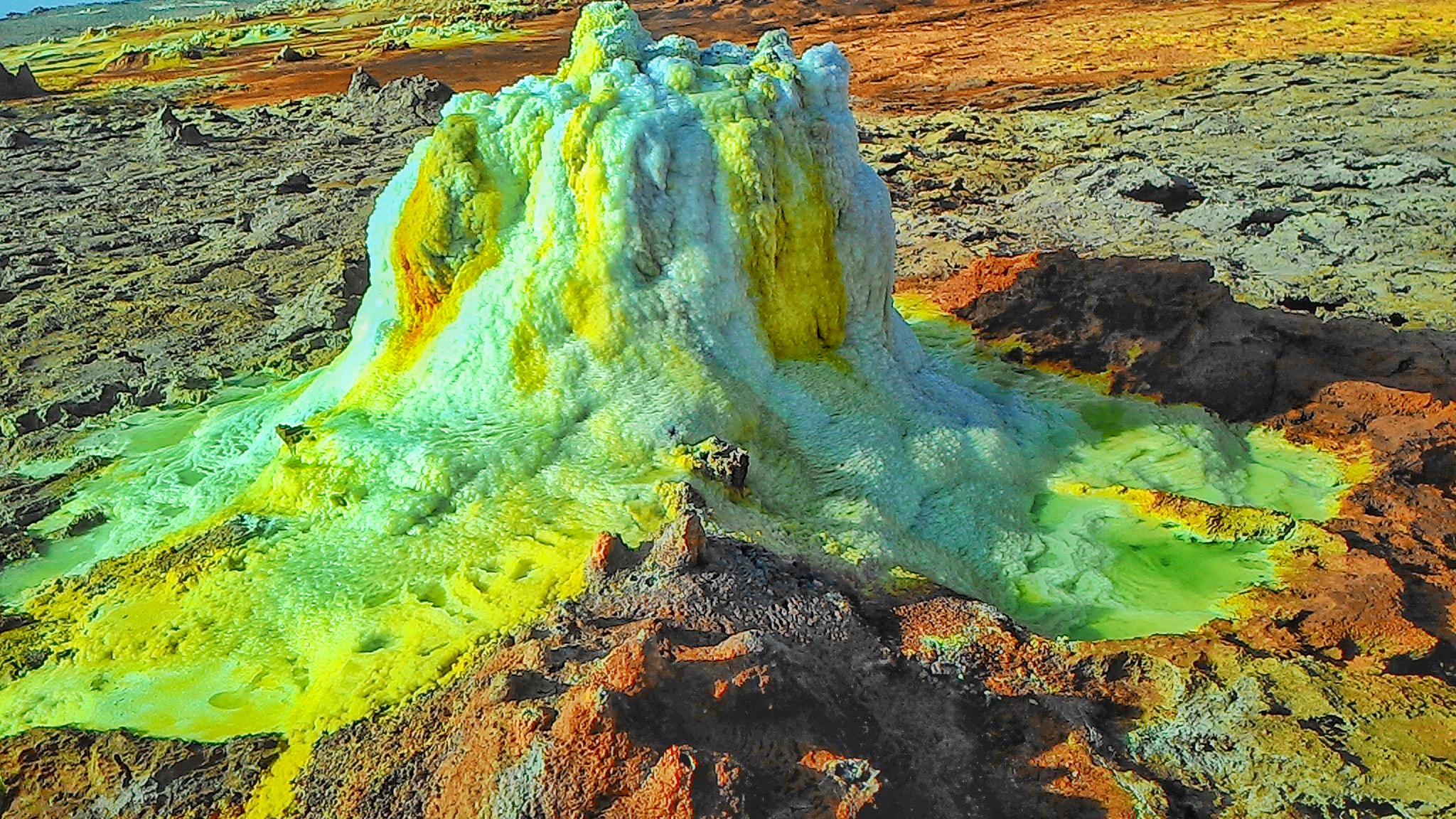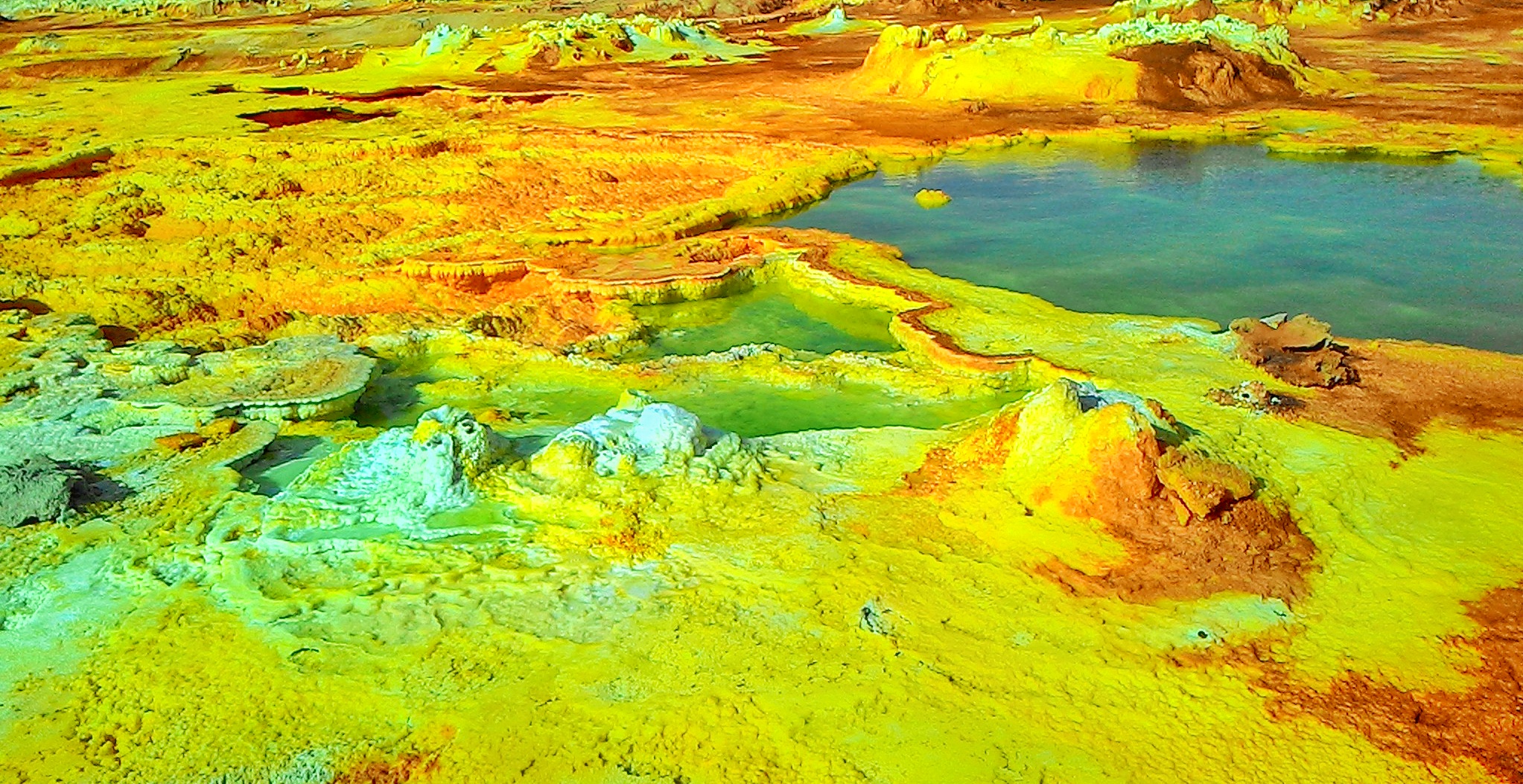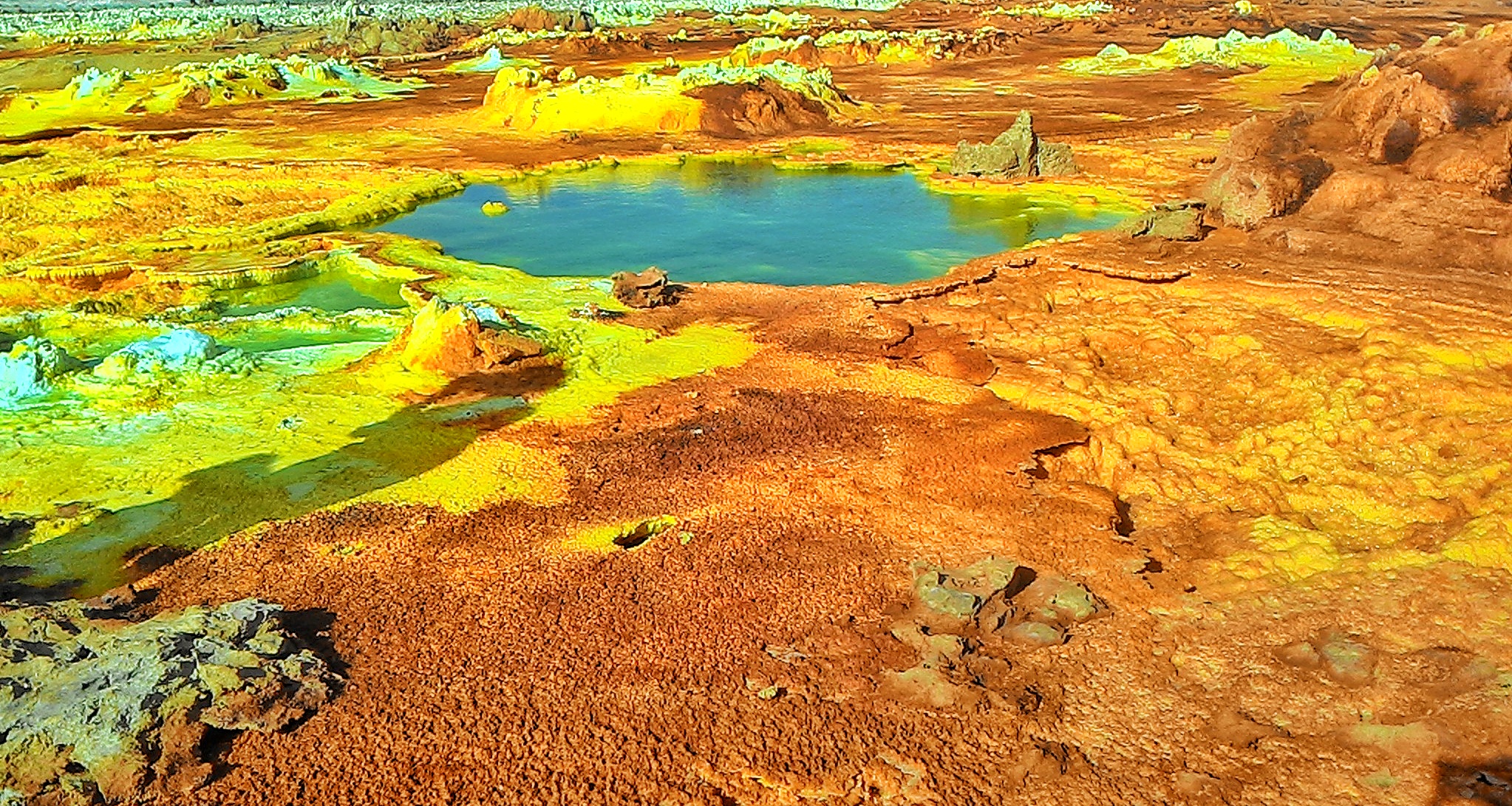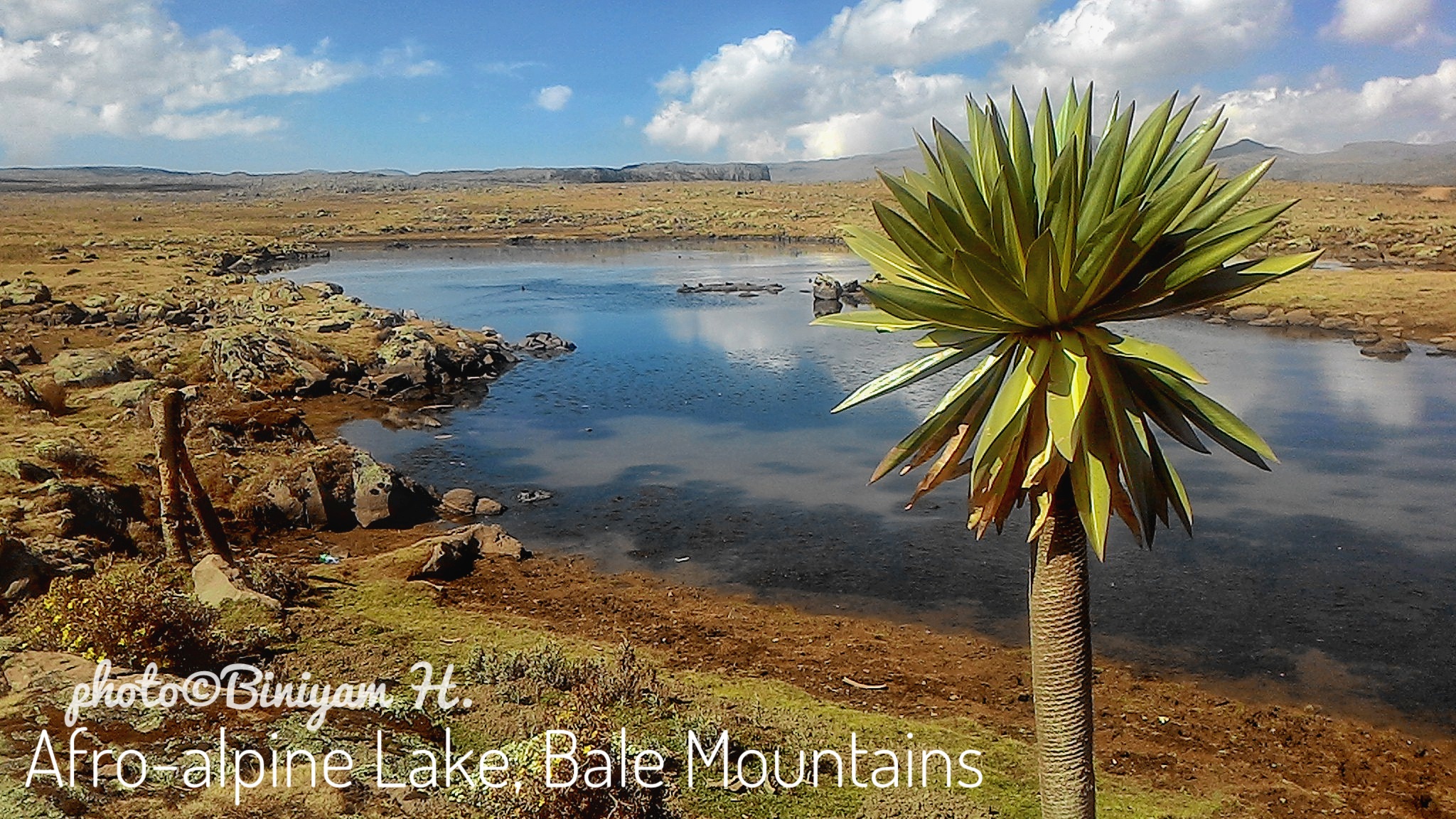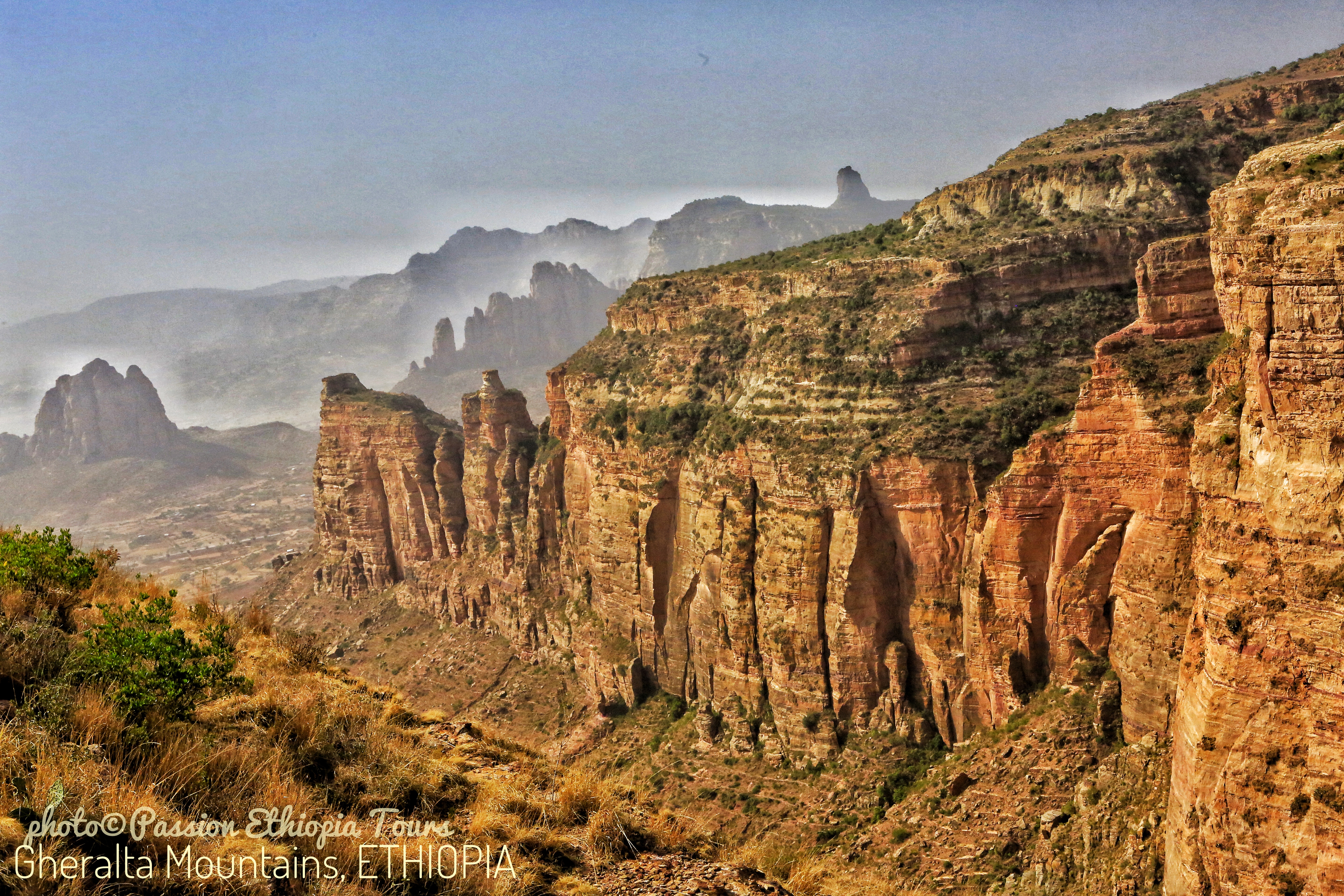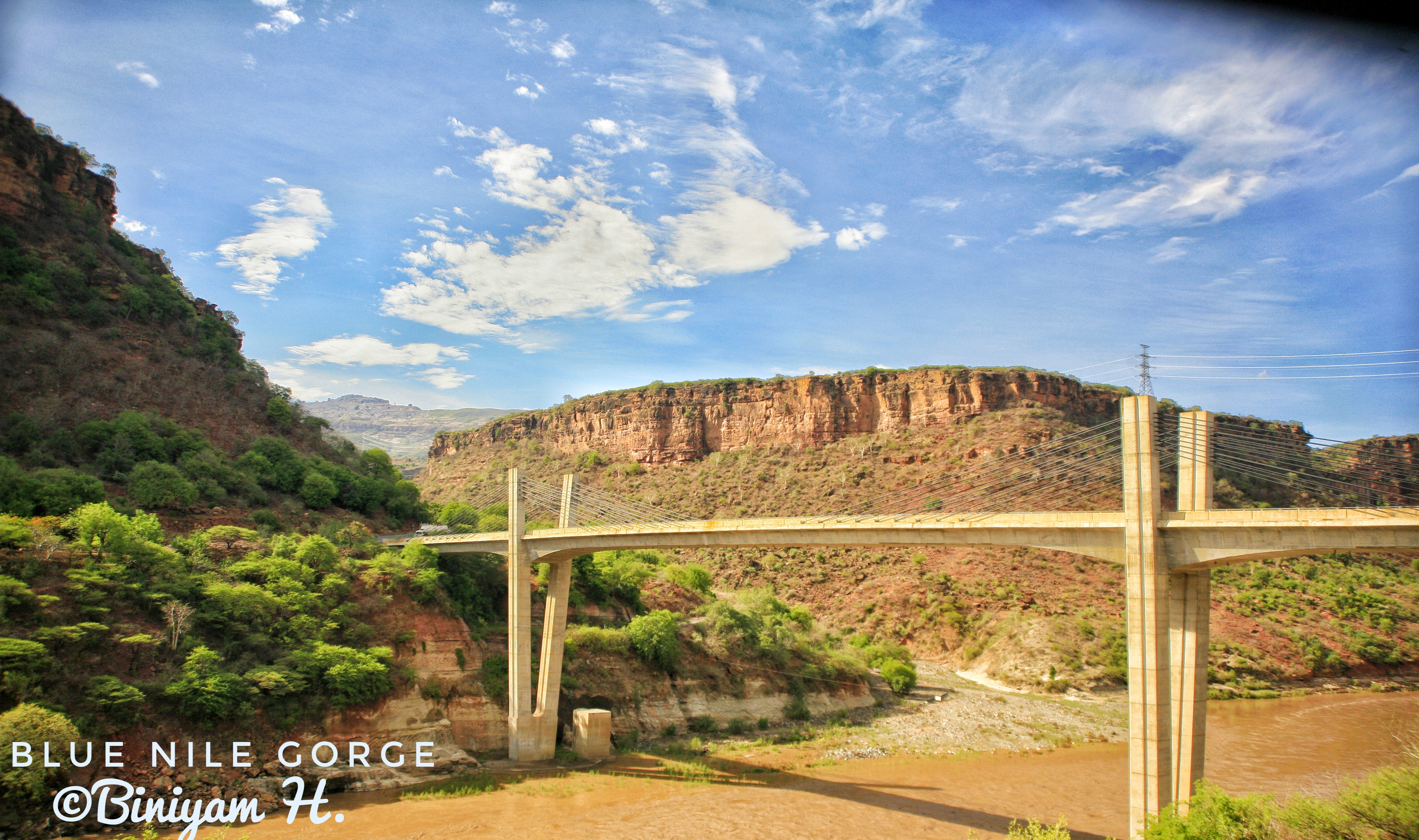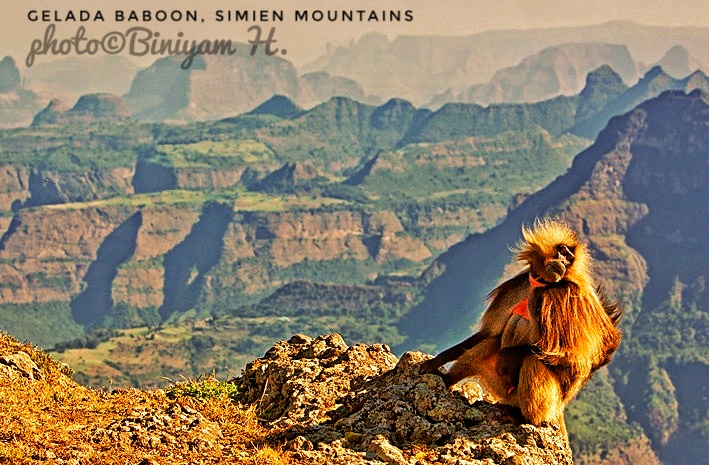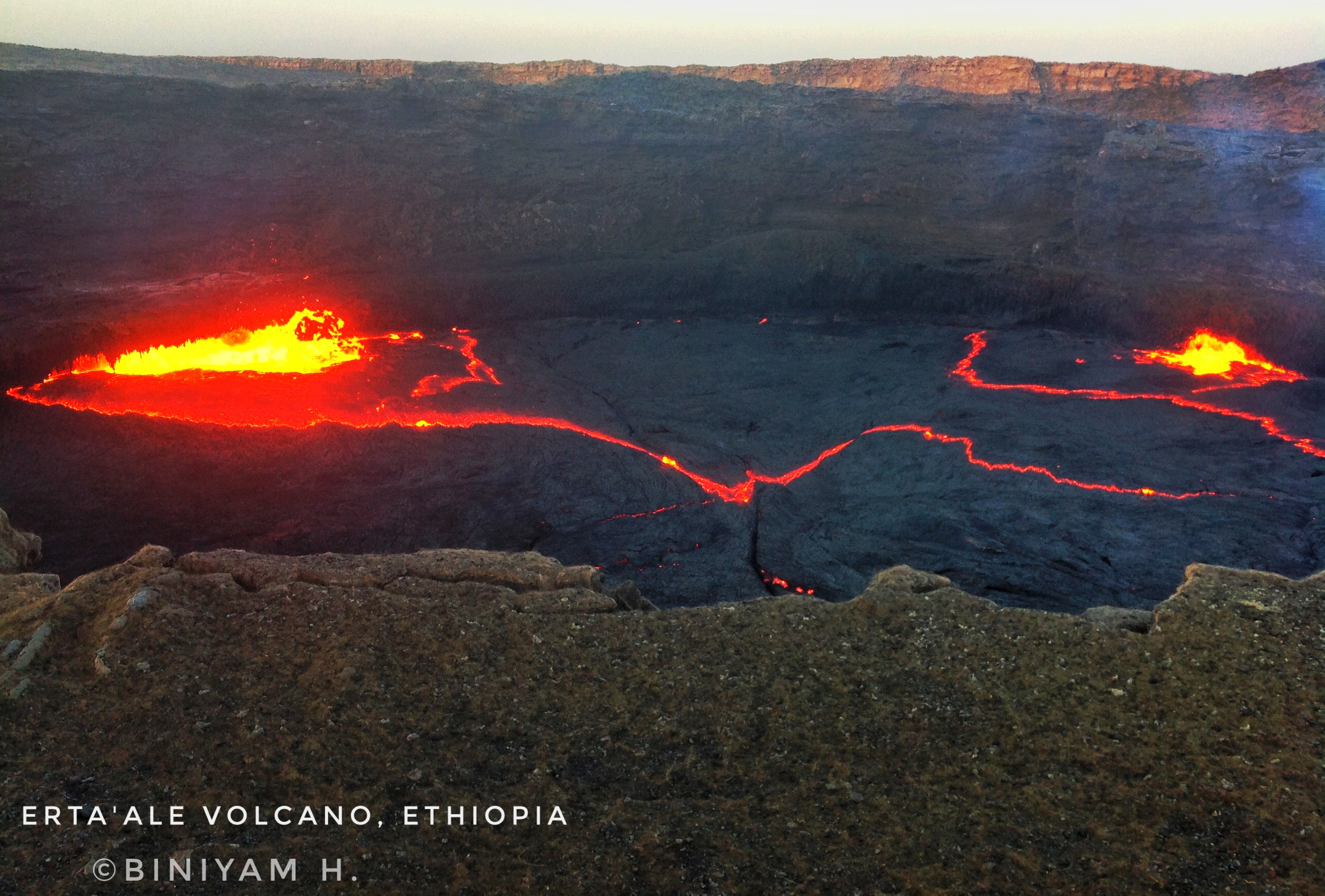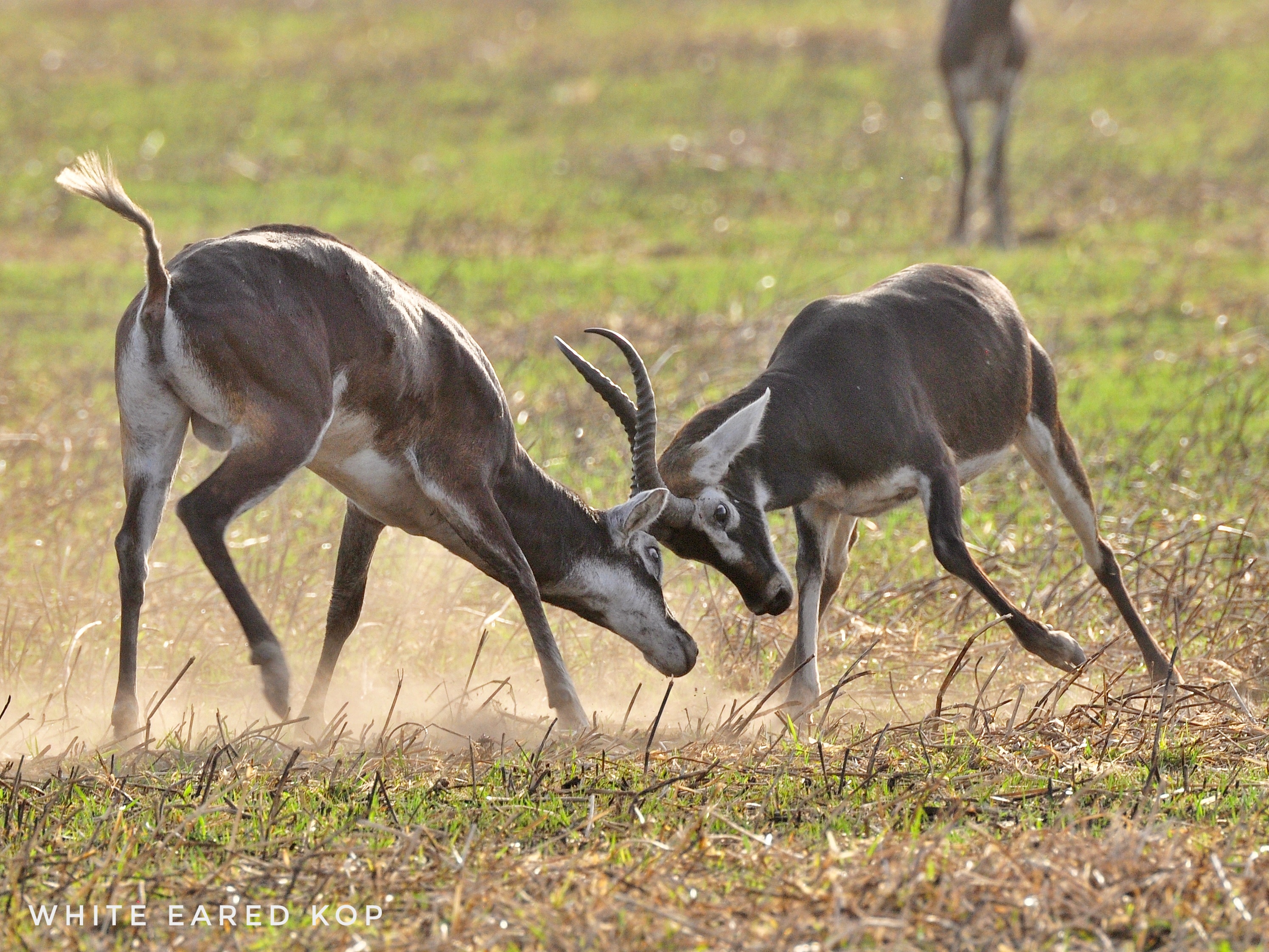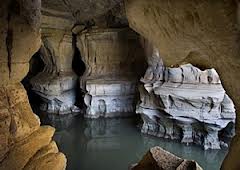Nature
The Bale Mountains National Park (BMNP) is a protected area of approximately 2,200 km2 and is located 400 km southeast of Addis Ababa in Oromia National Regional State in south-eastern Ethiopia. It belongs to the Bale-Arsi massif, which forms the western section of the south-eastern Ethiopian highlands.
The BMNP covers the largest area higher than 3000m above sea level (asl) in Africa. The highest peak in the BMNP, Tullu Dimtuu, at an altitude of 4377m asl, is the second highest peak in Ethiopia. The park includes an Afroalpine plateau over 3500m asl, which is the largest area of Afroalpine habitat on the African continent, as well as a major section of moist tropical forest, the second largest in Ethiopia.
The BMNP comprises of three major zones:
I. The Gaysay grasslands. The landscape of the northern Gaysay section extends from one mountain range to another with a central broad flat valley with an altitude ranging from 3000 and 3550m asl. The southern ridge of the Gaysay area, which is relatively dry, is mainly covered with Juniperus procera, a nationally protected species. The relatively wet northern ridge is largely occupied by Hagenia abyssinica and Hypericum revolutum. The flat valleys of Gaysay are dominated by species of the genera Ar temisia, Helichrysum, Ferula and Kniphofia.
II. The central part of the park, an Afroalpine plateau, lies between 2800m asl in the north and 4377m asl. to the south. The northern escarpment of the Sanetti Plateau is dominated by Juniperus spp. followed by Hagenia-Hypevicum stands at the higher altitudes (between 3350-3500 m). The area between 3550m and 4000m asl. is covered by Erica shrub on ridges and Helichrysum moorland in the valleys. The flat mountaintop is covered by Helichrysum moorland dotted with Lobelia spp. Much of the Sanetti plateau lies over 4000m asl. and there are several peaks ranging from 4050m (Worgona and Wasema) to Tullu Dimtuu at 4377m.
III. The southern escarpment is covered by one of the most extensive and large natural forests remaining in Ethiopia, the Harenna Forest, which extends between 39°-40°E and 6°-7°N. The slope of the southern escarpment falls rapidly in altitude from the tree line at 3200m to 2000m within a distance of only 8 km, producing a rapid and spectacular change in landscape, habitat, and species composition.
In the 1960's the area was surveyed by two British naturalists and, due to the increasing pressure from pastoralists settling permanently in the area, a boundary was proposed for a Park. Following the inception of the Bale Mountains National Park in late 1969 there has been a succession of Park Wardens (from Ethiopian nationals) initially Peace Corp volunteers until 1973. So far, the Park has never been formally gazetted or effectively managed. In the last decade, many pastoralists, agriculturalists and timber users have moved into the area and natural resources use has increased exponentially throughout the park.
A General Management Plan (GMP) for the BMNP was approved by the President of the Oromia National Regional State in 2007, laying out a 10-year vision and strategies for addressing the problems and issues facing the BMNP. The establishment of the plan was participatory, involving stake-holders from all levels of government bodies, local communities, technical experts and the private sector. Currently a participatory boundary re-demarcation process is underway, and the important step of having the BMNP formally gazetted is given a high priority.
Northern Grasslands (Gaysay Grasslands)
The Northern grasslands, spanning the Web and Danka Rivers are situated to the north of the Bodeti Mountain and Adelay ridge, and northwest of Dinsho. The altitude of the area ranges from 3,000 - 3,500m, pushing the upper limit for tree growth. The land is flat, dominated by swamp grasses and sedges, especially of the Cyperus and Scirpus genera and becomes muddy during the rainy season. Higher areas are scrubby with African or Wild Wormwood (Artemesia afra) and Cape Gold (Helichrysum splendidum), one of more than ten species of everlasting flower found in Bale. Both are important sources of food for the mountain nyala and sources of shelter for other animals. Hagenia abyssinica trees flower from November through February; female trees boast an impressive red bloom. Wild fennel also grows here.
The northern grasslands are the best place for viewing the endemic mountain nyala – up to 300 at a time. Also ever present, Bohor reedbuck, play an important role in the ecosystem as they are the only grazers in this area of the park. Other mammals that are commonly seen are warthog, grey duiker, serval, and common jackal, along with the spotted hyena at night.
Birds that can be seen include the Abyssinian Longclaw*, Winding Cisticola, Marsh Harrier, Abyssinian Ground Hornbill, Spot-breasted Lapwing/Plover*, Rouget’s Rail**, Wattled Ibis**, Abyssinian Catbird* and many more.
Juniper Woodlands (Park Headquarters)
The juniper woodlands cover the northern slopes of the Bale massif, reaching from Dodola to Dinsho. These woodlands are under intense pressure from grazing, inhibiting the growth of new trees. Hagenia abyssinica and African juniper (Juniperus procera) dominate the woodlands. At the upper limit of their distribution, the juniper trees are smaller than in other parts of the park. In contrast, the Hagenia can grow to be massive, flowering from November to February. St John’s wort (Hypericum revolutum) is also common in the woodlands, growing as shrubs near the lower edge and reaching a height of 5m in the upper tree line. They are easily recognizable by their bright yellow flowers, which bloom throughout the year and are the major source of nectar for the honey produced in the area. Also present is the only indigenous rose to Africa (Rosa abyssinica), which has fragrant, white flowers.
Mountain nyala, warthog, Menelik’s bushbuck, colobus monkey and olive baboon can be spotted in the area.
Birds to look for include the Wattled Ibis**, Abyssinian Catbird*, White-backed Black Tit*, Abyssinian Ground Thrush, Golden-backed/Abyssinian Woodpecker, Red-breasted Wryneck, Thick-billed Raven** and many more.
Afro-alpine Meadows (Sanetti Plateau)
Due to the altitude, plant diversity here is low. However, one of the notable plant species is the giant lobelia found from 3,100 to 4,377m growing to a maximum height of 12m. On the plateau stands Tulu Dimtu at 4,377m. This is the second tallest mountain in Ethiopia, and the tallest in Bale.
Found at staggeringly high densities in Afro-alpine meadows (average of 2,500kg per km2. Afro-alpine rodents (mice, rats, and mole rats) dominate the cold and seemingly barren plateau. Look specifically for the giant mole rat (endemic to Bale Mountains), yellow-spotted hyrax, rock hyrax and Starck’s hare. The plateau is also home to Ethiopian wolves and a trip to the plateau all but guarantees a sighting of this charismatic carnivore.
The plateau hosts a large number of raptors that feed on the sizeable rodent population. Look for Augur Buzzards; Verreaux’s, Tawny and Steppe Eagles; Lanner Falcons; Kestrels; and the Lammergeyer or Bearded Vulture. This is also the most southern resident and breeding area in the world of Golden Eagles. The lakes, rivers and swamps attract many Palearctic waders. Look for the endemic Blue-winged Goose* (the rarest and most isolated goose in the world); Spot-breasted Lapwing/Plover*; and Ruddy Shellduck (like the Golden Eagle, the Ruddy Shellduck population is unique and isolated). Additionally, the population of Red-billed Chough is the most southern population in Africa. Several pairs of Wattled Crane are also present on the plateau – the northernmost population in Africa.
Erica Belt: Moorlands and Forest
Located immediately above the tree line, from 3,400 to 3,800m, is a belt of heather made up of species of the Erica and Phillippa genera, dominated specifically by Erica arborea (Tree Heath), a shrub common throughout the world that grows to staggering proportions in Bale – up to 5m on the edge of the tree line. These forests are a fairytale wood of giant heather dressed in moss and old man’s beard (a lichen). These trees are highly endangered and quite rare in Ethiopia. The most accessible example of this type of forest is on the road that crosses the Sanetti plateau, 100m above Rira.
Mountain nyala, Menelik’s bushbuck, and grey duiker live in the area in relatively large numbers, but are hard to spot due to vegetation densities. Klipspringer and hyraxes are also common. The Bale Mountains are the only area where both male and female klipspringers have horns. There is also an endemic but elusive frog that eats whole snails.
Look for Moorland and Chestnut-naped Francolins, Alpine Chat and Rouget’s Rail**.
Harenna Forest
The southern and largest part of the park consists of the second largest patch of forest in Ethiopia: along with the adjacent Forest Priority Areas outside of the park, it constitutes an area of over 4,000km2. It is also the largest cloud forest in the country. The road from the plateau takes you down the Harenna escarpment and into the forest. Mountain bamboo grows within the forest, particularly on steep slopes. Rubus steuderi, a member of the blackberry family, grows along the road from April to June. While the upper area of the Harenna forest is mostly secondary forest recovering from disturbance, the lower extent is largely untouched. At about 2,200m as the slopes become gentler, larger trees of up to 30m tall appear, and the canopy closes. These include fern pine (Podocarpus gracilior) and fig trees (Ficus spp.) of massive girth. Branches are covered with dense epiphytes. In the lower areas of the forest, wild forest coffee (Arabica sp.) grows.
Because the forest is so dense and clearings are few and far between, the elusive animals of the forest have little trouble staying hidden. Black-and-white colobus monkey, olive baboon, warthog and Menelik’s bushbuck are common. With a little luck and perseverance, you might see a giant forest hog, a bush pig or an endemic Bale monkey. Clearings are the best places to look for lion, leopard and African wild dog. Genet, civet, porcupine, and hyena are all active at night.
Birds of the Harenna forest are equally elusive. Look for the Abyssinian Hill Babbler, Abyssinian Crimson-Wing, Ayre’s Hawk Eagle, Silvery-cheeked Hornbill, Black-winged Lovebird**, Abyssinian/Black-headed Oriole**, Yellow-fronted Parrot*, White-cheeked Turaco and Narina’s Trogon. A wide range of migrant birds can also be spotted, including Palearctic warblers.

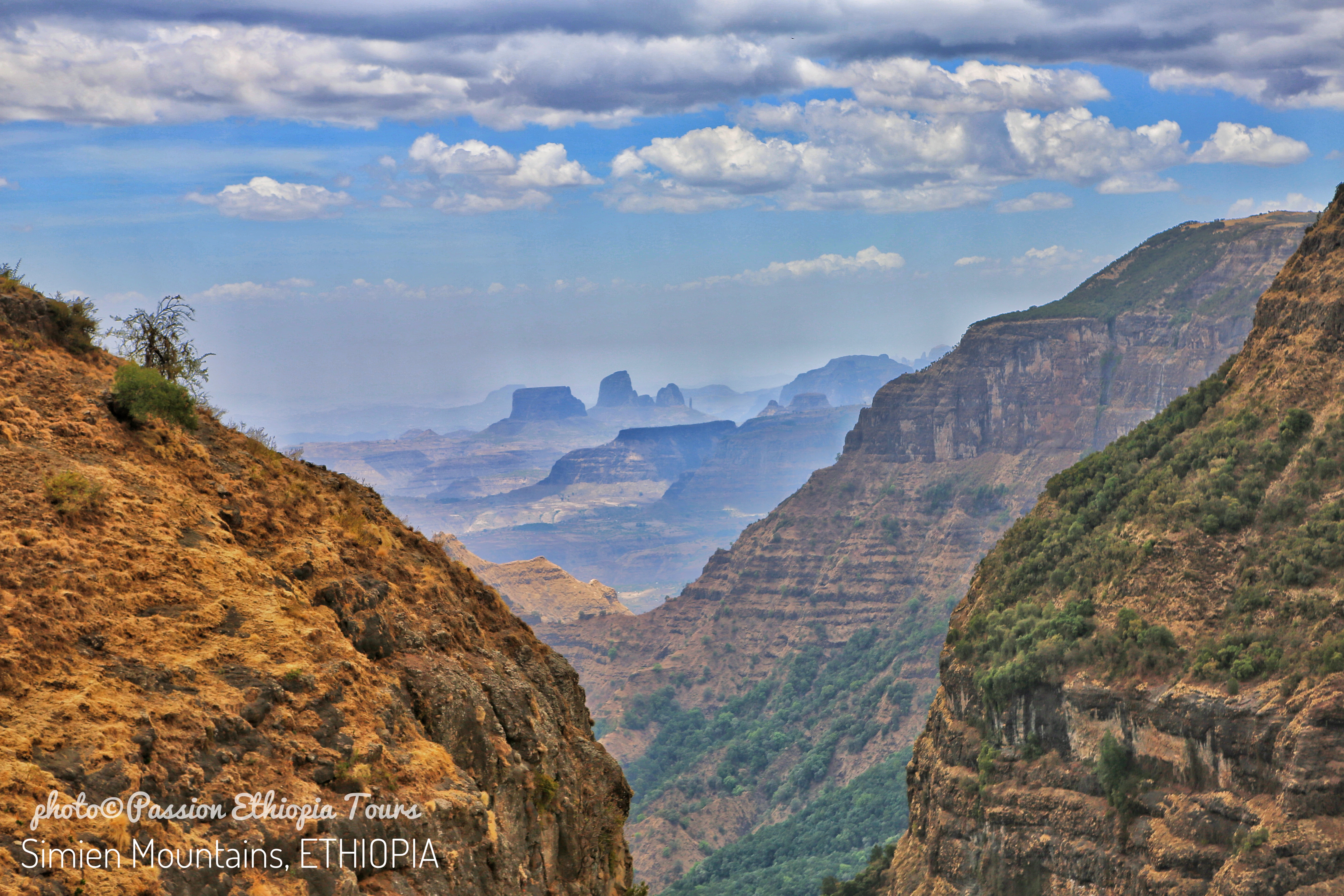
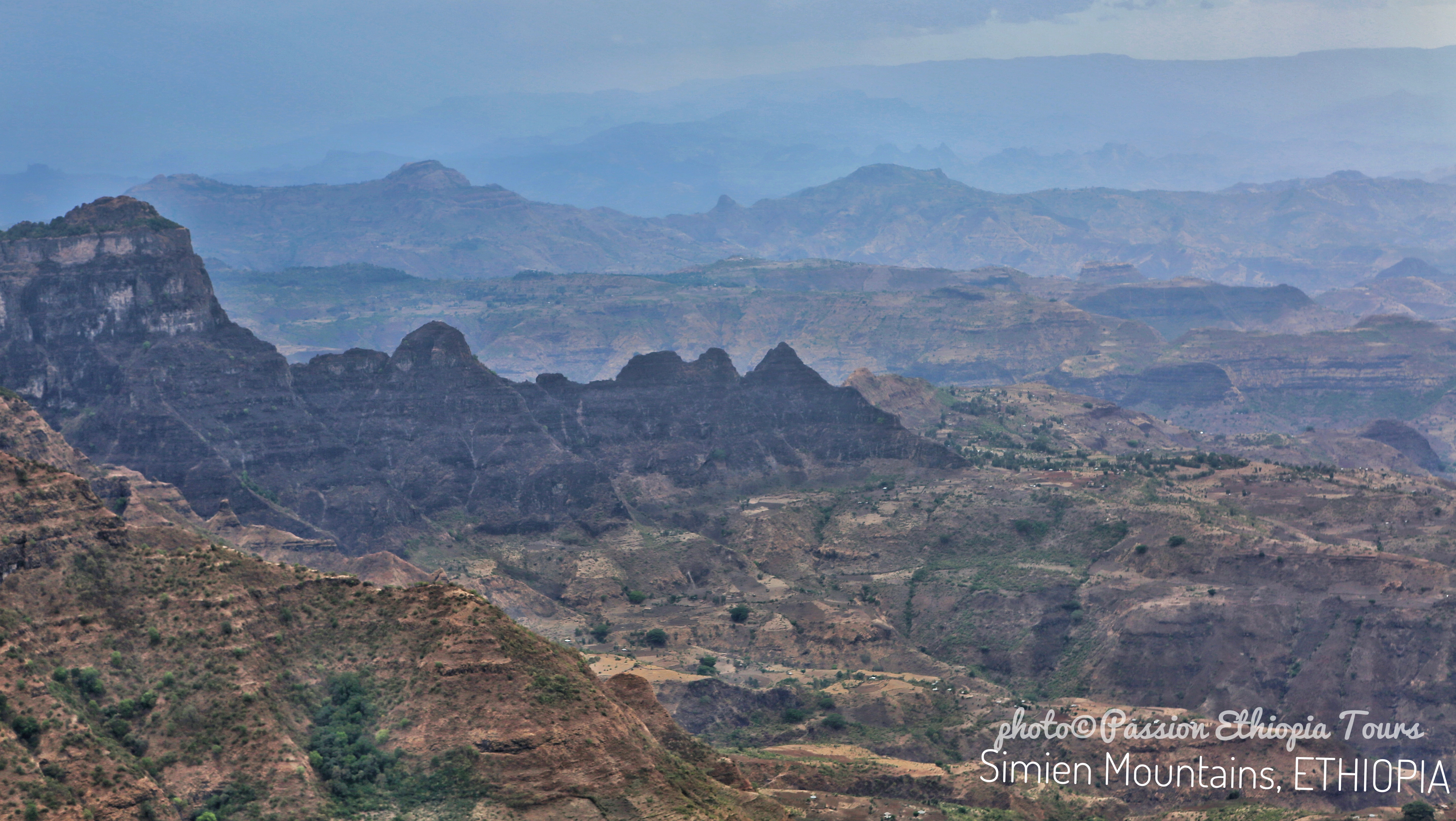
.jpeg)
